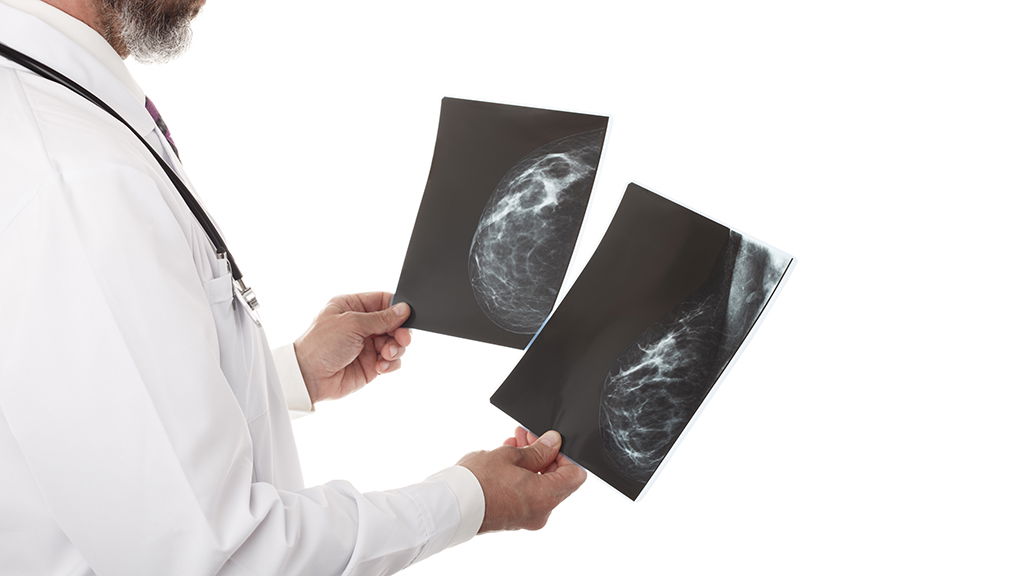Mammogram guidelines: What are they?

At Mayo Clinic, doctors offer mammograms to women beginning at age 40 and continuing annually. When to begin mammogram screening and how often to repeat it is a personal decision based on your preferences.
Mayo Clinic recommends women and their doctors discuss the benefits, risks and limitations of mammograms and decide together what is best. Balancing the benefits of screening with the limitations and risks is a key part of deciding when to begin mammograms and how often to repeat them.
Not all organizations agree on breast cancer screening guidelines, but most emphasize working with your doctor to determine what's right for your particular situation.
For instance, the U.S. Preventive Services Task Force mammogram guidelines recommend women begin screening at age 50 and the American Cancer Society recommends women begin screening at age 45. But both of these organizations acknowledge that beginning screening at 40 may make sense for some women after considering the benefits and limitations of the test.
Reacting to changing evidence
Mayo Clinic doctors continue to review studies about mammogram guidelines to understand what the studies mean for women's health. Changes to mammogram guidelines might or might not be necessary in the future, as researchers continue studying this topic.
Mayo Clinic supports screening beginning at age 40 because screening mammograms can detect breast abnormalities early in women in their 40s. Findings from randomized trials of women in their 40s and 50s have demonstrated that screening mammograms decrease breast cancer deaths by 15 to 29 percent.
But mammogram screening isn't perfect. Another study concluded that despite more women being diagnosed with early breast cancer due to mammogram screening, the number of women diagnosed with advanced breast cancer hasn't decreased. The study suggested that some women with early breast cancer were diagnosed with cancer that may never have affected their health.
Unfortunately doctors can't distinguish dangerous breast cancers from those that are non-life-threatening, so annual mammograms remain the best option for detecting cancer early and reducing the risk of death from breast cancer.
The main concern about mammograms for breast cancer screening is the chance of a false positive result. This means that an abnormality is detected but, after additional testing, it turns out to not be cancer. This is especially a concern in younger women in their 40s and 50s, who may be more likely to have a false positive result.
If an abnormality is detected on a mammogram, a woman may be asked to have additional mammogram images taken and, possibly, additional imaging tests, such as ultrasound. These tests may determine the abnormality shown on the original mammogram isn't cancer.
In some cases, it may be necessary for a woman to undergo a biopsy procedure to remove a sample of breast tissue for testing. For many women, having a biopsy that confirms there isn't any cancer present is reassuring and doesn't increase anxiety.
Working with your doctor
If you're concerned about when to start breast cancer screening and how often to repeat it, work with your doctor to make an informed decision. Together you can decide what's best for you based on your personal preferences, your medical history and your individual breast cancer risk.
Talk with your doctor about:
Your personal risk of breast cancer The benefits, risks and limitations of screening mammograms The role of breast self-exams for breast awareness in helping you become more familiar with your breasts, which may help you identify abnormalities or changes.